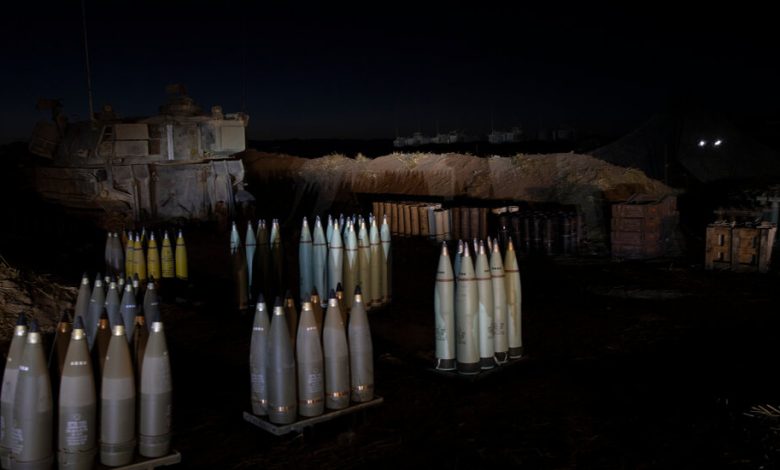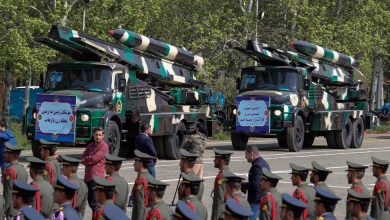Past Israel-Hamas Cease-Fires Have Proved Fragile

Israel and Hamas have agreed to a four-day truce — but if the past is any indication, there is no guarantee that the pause in fighting will hold, much less lead to lasting peace.
The history of Israeli-Hamas hostilities is filled with cease-fire agreements and truces that were broken or barely held. It’s become an all-too-familiar cycle: an escalation of violence, a flurry of negotiations mediated by third countries, promises of eased blockades and a break in hostilities, followed by a period of fragile calm.
Here is a look at how some past agreements have held up or collapsed.
-
May 2023: Egyptian negotiators mediated a cease-fire between Israel and the Palestinian Islamic Jihad, a militant group based in Gaza that is smaller than Hamas, ending five days of violence that killed 35 people. A day later, brief rocket fire rattled nerves but the agreement appeared to hold.
-
May-June 2021: An 11-day war that marked the worst flare-up of violence in Gaza since 2014 left 230 Gazans dead before it ended with a cease-fire agreement. Less than a month later, Palestinian militants sent incendiary balloons into southern Israel, and Israeli military airstrikes hit targets inside Gaza, causing no casualties but testing the agreement.
-
July-August 2014: This major conflict was set off by the kidnapping of three Israeli teenagers in the West Bank. Six days after Israel began bombarding Gaza, Egypt proposed a cease-fire that Israel agreed to. Hamas rejected it, saying none of its demands were addressed, and rocket volleys from Gaza and Israeli airstrikes resumed. Egypt announced another cease-fire two days later, but Israel then sent in tanks and ground troops and began firing into Gaza from the sea. In all, nine truces came and went before the conflict ended after 51 days and the deaths of more than 2,000 Palestinians and 70 Israelis.
-
November 2012: Eight days of bloody conflict between Israel and Hamas ended with a cease-fire, negotiated by the United States and Egypt, with a one-page memorandum of understanding that left many of the issues that sparked the violence unresolved and up for further negotiation. Israel violated the cease-fire by firing on fishermen and farmers approaching newly relaxed security perimeters, but in a concession it also allowed building materials into Gaza for the first time in years.
-
January 2009: Israel unilaterally announced a cease-fire after a 22-day war on Hamas in which more than 1,300 Palestinians and 13 Israelis were killed, saying it had achieved its goals. Hamas and other armed Palestinian groups declared their own cease-fire soon afterward. Just two weeks later, militants launched rockets and shells into southern Israel, prompting Israel’s prime minister, Ehud Olmert, to threaten “disproportionate” retaliation and straining the cease-fire.
-
June 2008: Egypt brokered a six-month truce between Hamas and Israel, ending a period of intense rocket fire from Gaza and Israeli airstrikes and raids. Rocket attacks just five days after the agreement threatened to derail it, but the peace mostly held for five months. By November that year, though, the cease-fire had unraveled, with each side accusing the other of failing to uphold the terms.




